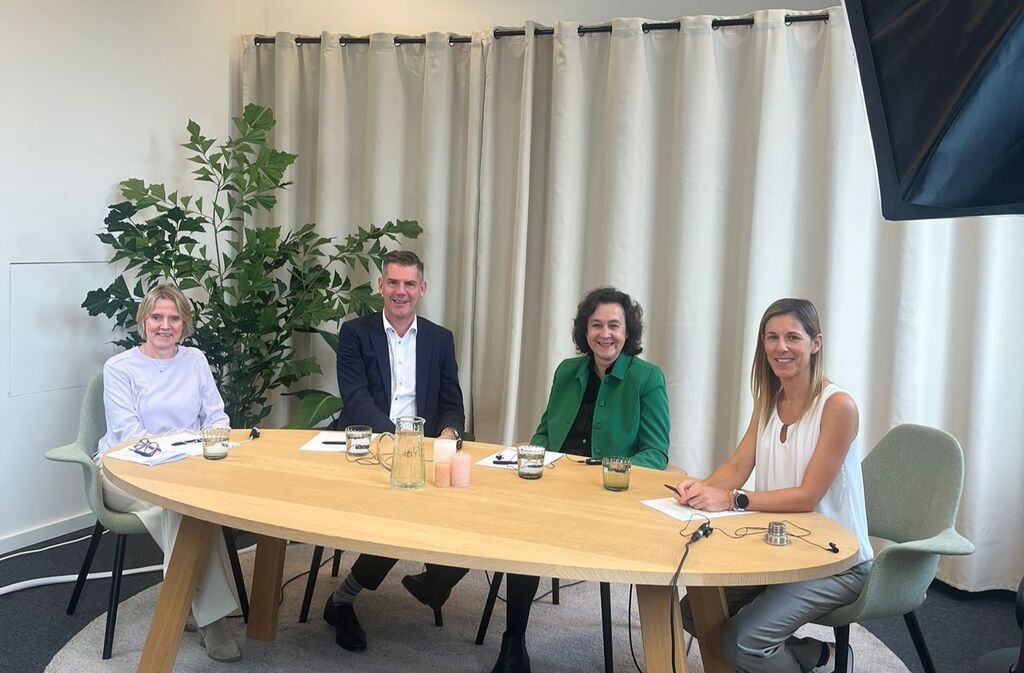What is flexible work?
Location
Working from a location other than the permanent office. This can be from home or in another office of one's organization. Some companies offer satellite workstations: workstations available to employees other than those who normally work at that location. This allows employees to work at a different location closer to home or after a meeting.
Time
Many organizations make it possible for their employees to choose their own working hours, taking into account certain stem times (for example, "sliding working hours" where you can start between 8 and 10 am). A completely free choice regarding working hours is not yet supported by a conclusive legal framework (see Law on Workable and Agile Work of 2017).
Work environment
A third component of flexible work is the physical work environment. Flex desks allow employees to be flexible with their own workspace. Desks are cleaned up at the end of the workday and the following morning you can choose another workstation. Possibly these workstations are located in a landscape office and possibly the principles of activity-based working are applied.
A landscape office is an open space that eliminates separate or enclosed desks. "The ideal office environment" does not exist, however; much depends on the specific needs of the employees. For example, an office suitable for 3 to 4 employees can also be part of a flexible work environment.
An activity-based workplace provides space for different types of activities: meeting rooms for consultation, a quiet room (enclosed or not) for concentrated individual work, telephone booths for skype calls or phone calls, a meeting space, etc.






